Huarealism
Inside the mythical world of Alisa Gorshenina
Photo: IG @alicehualice
Built around the extinct volcano, Lisya Mountain, Nizhny Tagil is a small Russian city located 25 kilometers east of the border between Europe and Asia. It is a city of contrasts. In the last few years, a new wave of creatives has found in its cultural duality and versatility, an endless source of inspiration.
Alisa Gorshenina (@alicehualice) is a millennial visual artist whose Slavic and Bashkir roots —two cultural backgrounds connected in the Urals— have guided her (almost without planning it) to create her own fantasy world and portray it through illustrations, textiles, sculptures, paintings, and video art.
I talked with Alisa about Ural goddesses, Bashkir snakes, ancient forests, and mountain rivers as well as how these elements have helped her build a shelter where she can dream, be free, and create her art.
“Very often I do post-creation sketches where I draw my works to embody them through other mediums like graphics, textile, sculpture, painting or even video art.”
Georgina: Since you were little, art has had a constant presence in your life. Do you remember the first time you started creating and experimenting with it?
Alisa: To be honest, my first memories of myself are drawing or creating something, I don’t even remember exactly when it started. It feels like as soon as I was born, my mother gave me a box of colored pencils (laughs). I recently had a memory from when I was five years old. It was a summer day and I was living with my family in the village. My elder sister went out with her friends, and I, having no friends at all, just stayed at home hanging around. I was bored, sad, and without any type of entertainment around me. So I went into my sister’s room, sat down, and started drawing some symbols with a pen in a checkered notebook. I clearly remember how, at that moment, I thought about how great this activity was and how it would never bore me. After this realization, I started to feel a sense of euphoria, and I still feel the same way today.
G: Looking at your Instagram, it seems like your art could be an infinite encyclopedia of mystical yet non-correlated characters. How are all these creatures born? Where are they from and what are their stories?
A: All these creatures and characters are me and all my facets. Each facet of me has its own story. There are Ural goddesses who represent my connection with the place I live in or Slavic maidens, through which I try to show the versatility of Russian culture. You can also find Bashkir snakes which carry the theme of my inner multinational, as well as some vague creatures that seem to be created from the tissues of my body. These ones portray the subject of physicality with which I often work. There are also images that are not related to me, for example, the image of the heavenly cow which is dedicated to my late grandmother, with whom I had a fairly close connection during childhood. In other words, the characters I give life to through my art, are either me in different guises or the people I love. “90% of me consists of a million little Alises. The rest is reserved for Ural stones, ancient forests and mountain rivers”
Photo: IG @alicehualice
G: You are currently based in Nizhny Tagil, Russia. What influence does your home and culture have on your work?
A: Life between the border of two different cultures is a subject frequently reflected in my works because inside me, different cultures are genetically combined as well. I have Slavic and Bashkir roots, two backgrounds that connect here, where the Urals perform as a rope that binds them. I like the legend that talks about the Ural Ridge as a large snake that crawled on the ground and froze, dividing Europe and Asia. This is a very interesting topic that is directly related to me, so I’m working on it. I go on expeditions in Bashkiria, study my family tree, and so on. In addition, the city in which I live also has a big influence on me. I have a very contrasting relationship with this place. Sometimes I genuinely love this city and sometimes I hate it. A friend of mine says that it is impossible to live in Nizhny Tagil and not be an artist, and perhaps she is partly right. My city is somewhat harsh and this is what people see at first glance, but I often see something else. I see how something so alive, powerful, natural and real is hidden under this industrial ironbody. In other words, Tagil is a city of contrasts. You walk down the streets and it’s easy to hate all the factories, but then you continue walking and you find yourself in a beautiful forest with a pond and forget about the rest. These are the types of contradictory emotions that inspire me.
Photo: IG @alicehualice
G: What is the role of digital storytelling in your work?
A: Digital art is one of the disciplines I work with and am interested in but I don’t want to immerse myself completely into the digital world. It is important for me to maintain a balance and to remain in the border between the real and digital. I think that these two worlds are already connected. On the Internet, I can freely show my work, and just as freely, I can have my work stolen. This is a disadvantage but nowadays there is no way of getting away from it. The digital world is another great platform for presenting my work and if humanity comes up with another new reality, then you can be sure that I will show my work there as well.
G: The exploration and experimentation with different materials —from ancient Russian jewelry to embroidery and fabric work— has converted your pieces into “wearable sculptures”. What do you think is the limit between fashion and art?
A: Talking specifically about my artworks, which are often attributed to fashion, I am 100% sure that they don’t belong to this category by the simple fact that they are not aimed for mass consumption. My masks, suits, and other works that can be worn are made only for me. I don’t let anyone try them on, except for my family members. How can this concept fit into the concepts of fashion? I don’t have the goal of placing my work in a conveyor belt and, for me, fashion is a conveyor belt where people are ready to place any decent idea on the stream and make it accessible to everyone while hiding the names of thousands of people who actually created these ideas. Fashion is a different world and I think people should stop mixing up this concept with art. I believe that there is a significant difference between these two areas which is the approach and the essence. Despite this, I know a lot of talented designers whose work I respect, but I just do not associate their practices with what I do.
Photo: IG @alicehualice
G: Is there any upcoming project that you feel excited about?
A: One of the most important areas for me is interaction with small settlements. I plan to collaborate with my native village which has a population of around 200 people. I have previously opened a large solo exhibition in this place, although it was more of a large-scale installation. And now I am collecting photo and video archives to create an exhibition teaming up with local residents. In addition, I have plans to immerse myself in theatrical production or film direction.


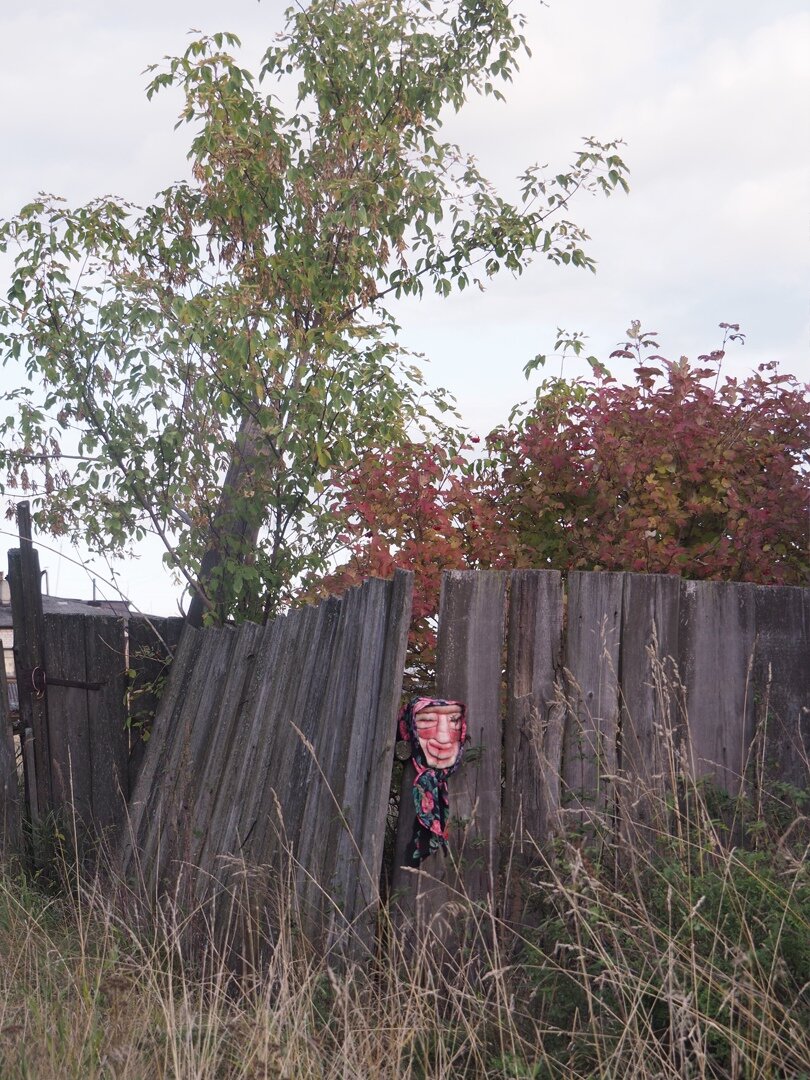
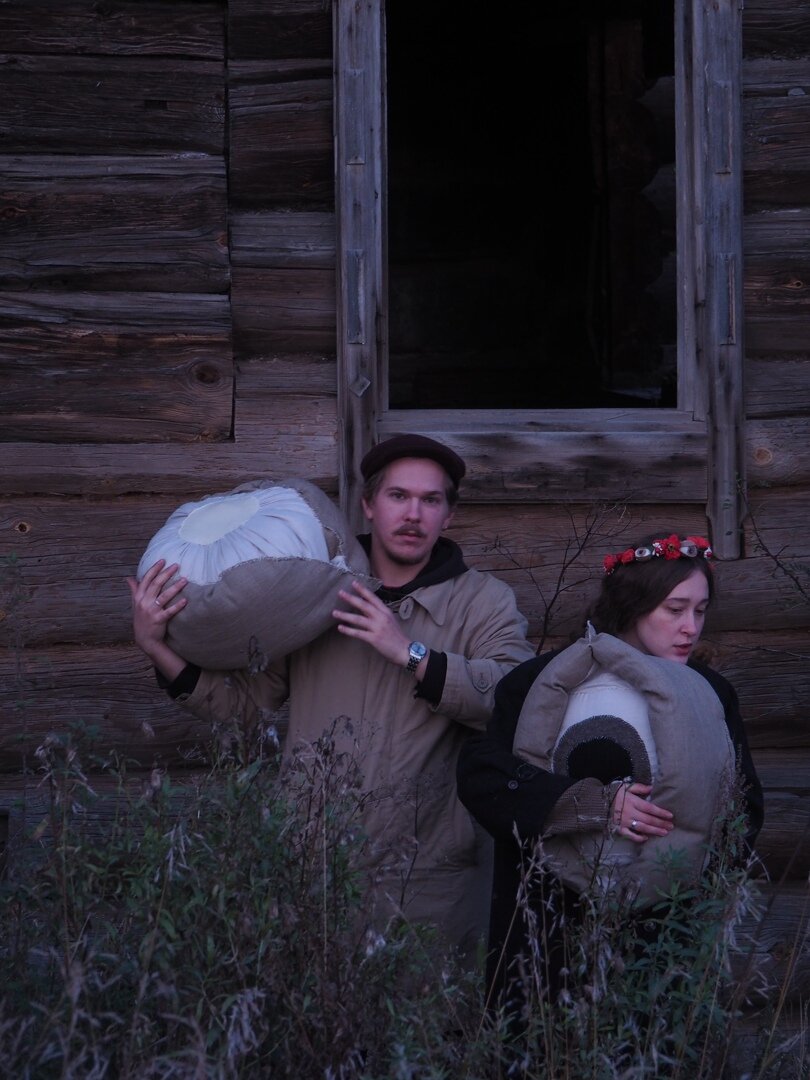
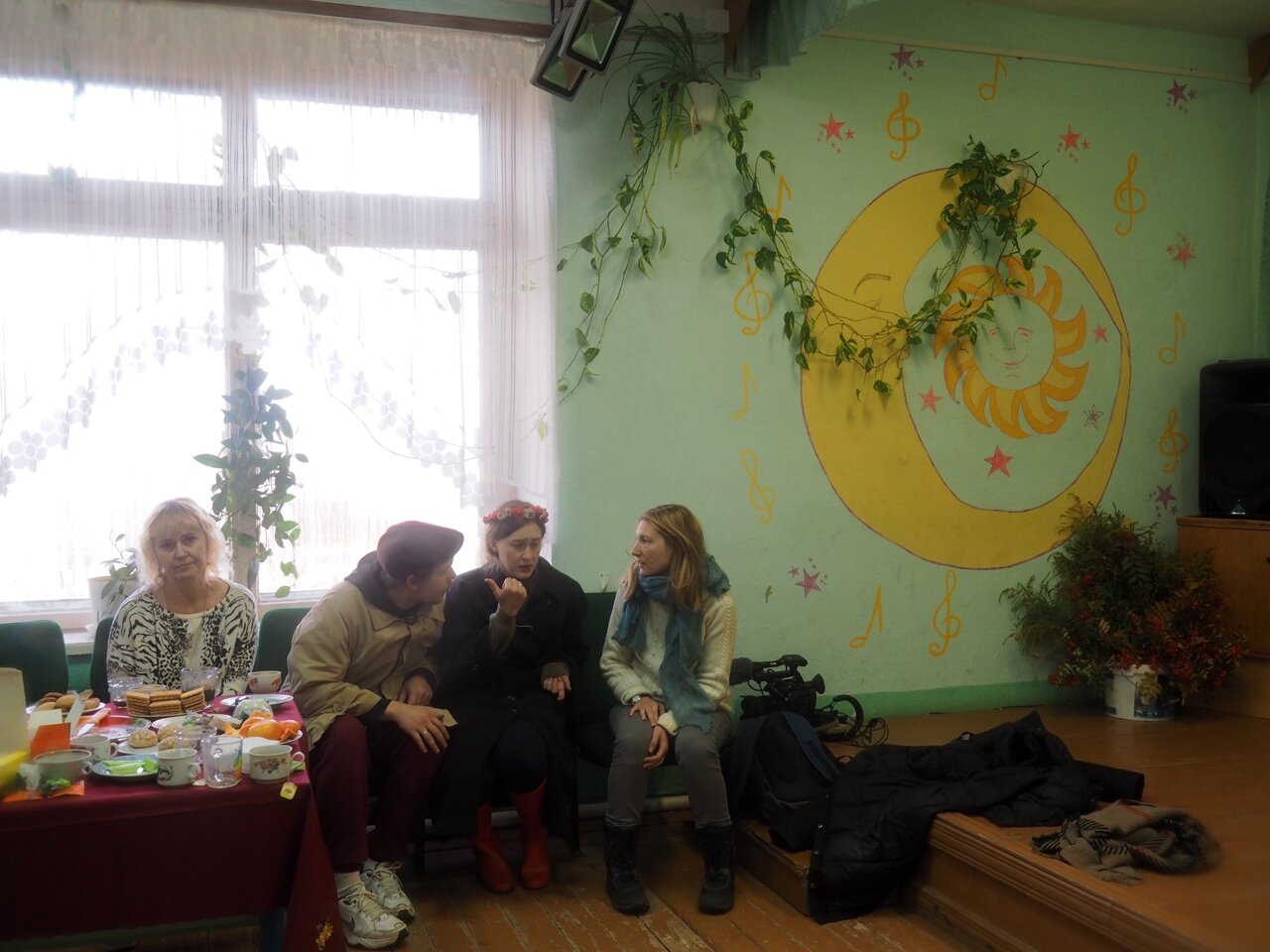
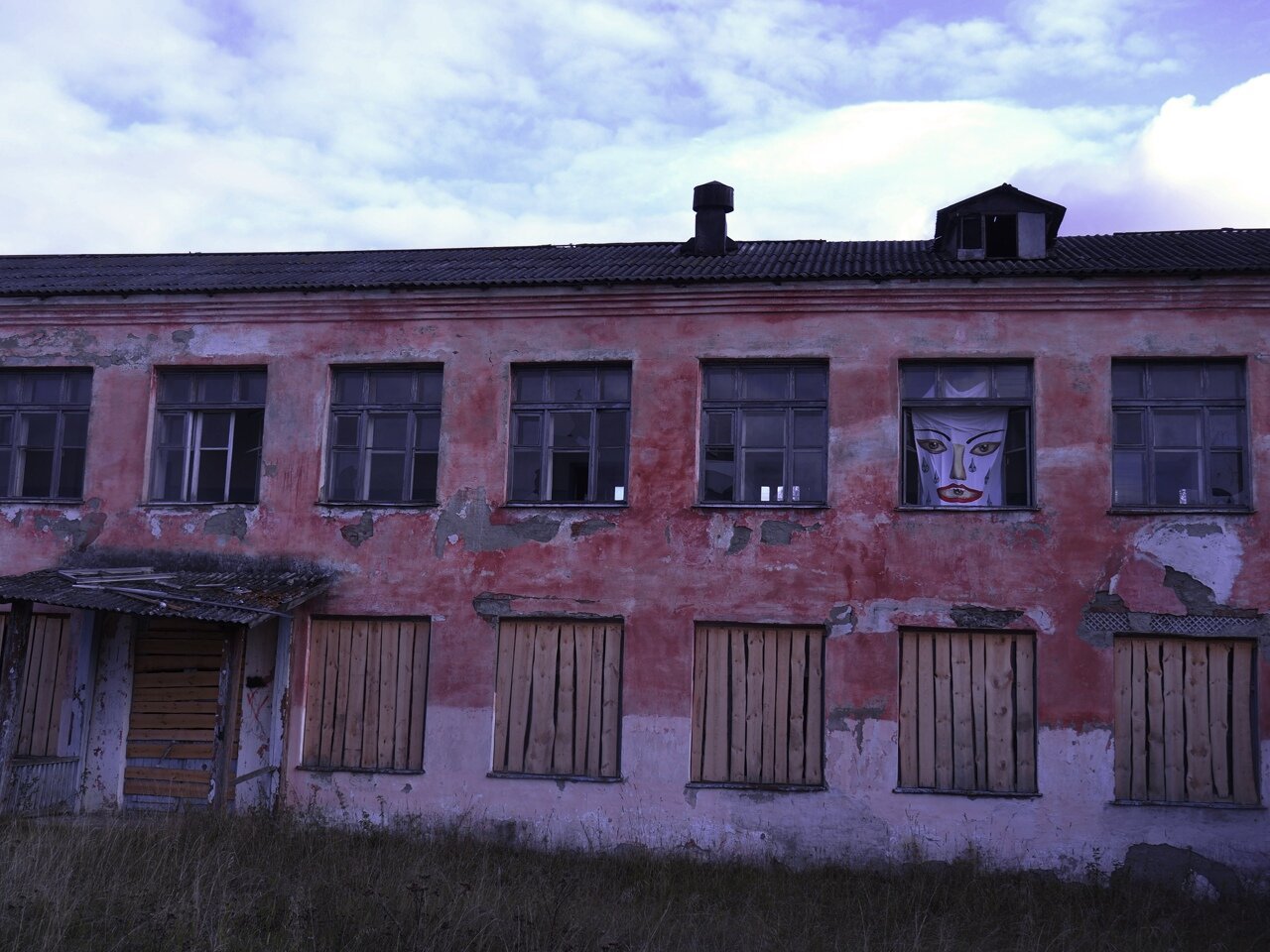
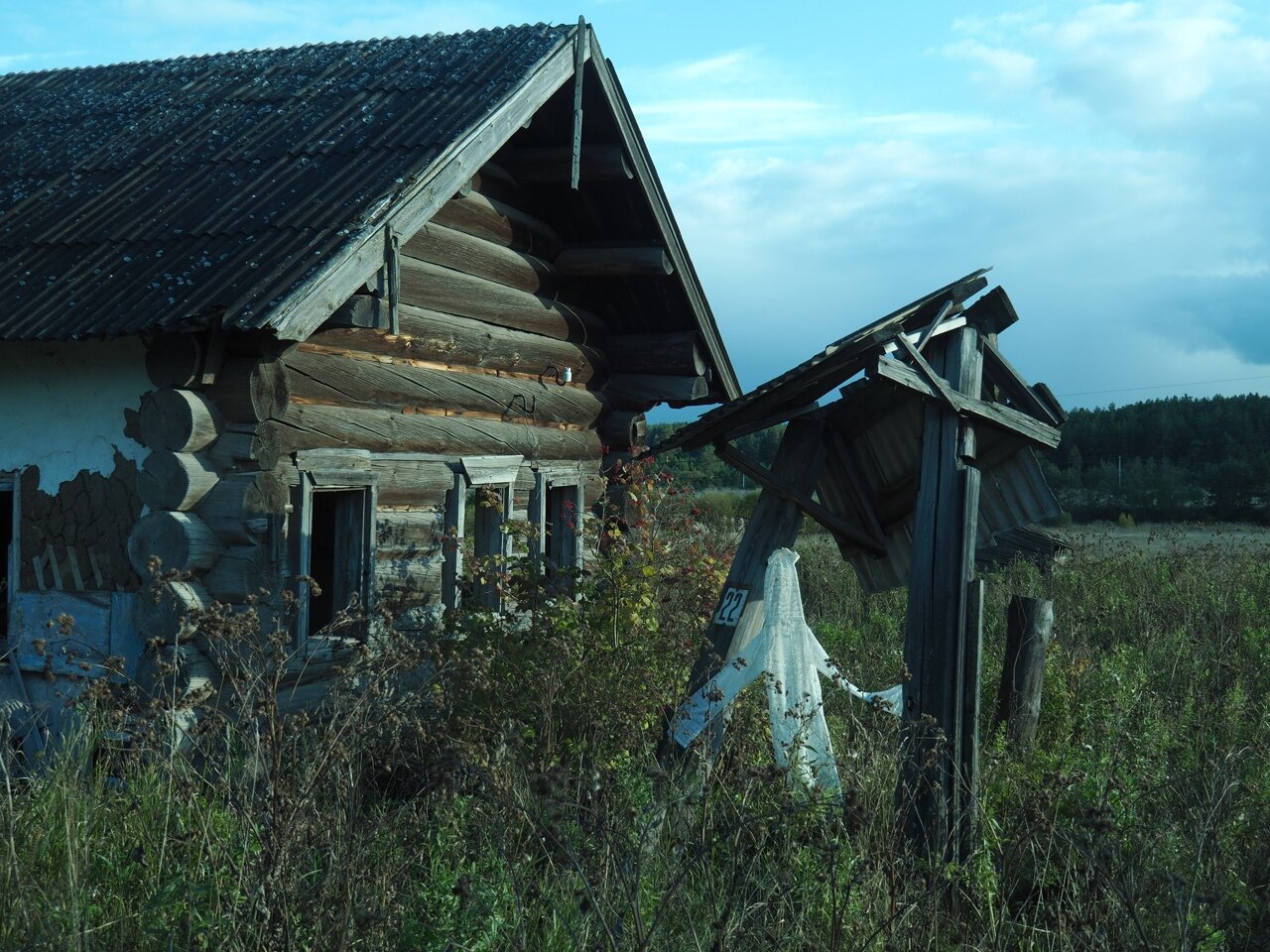

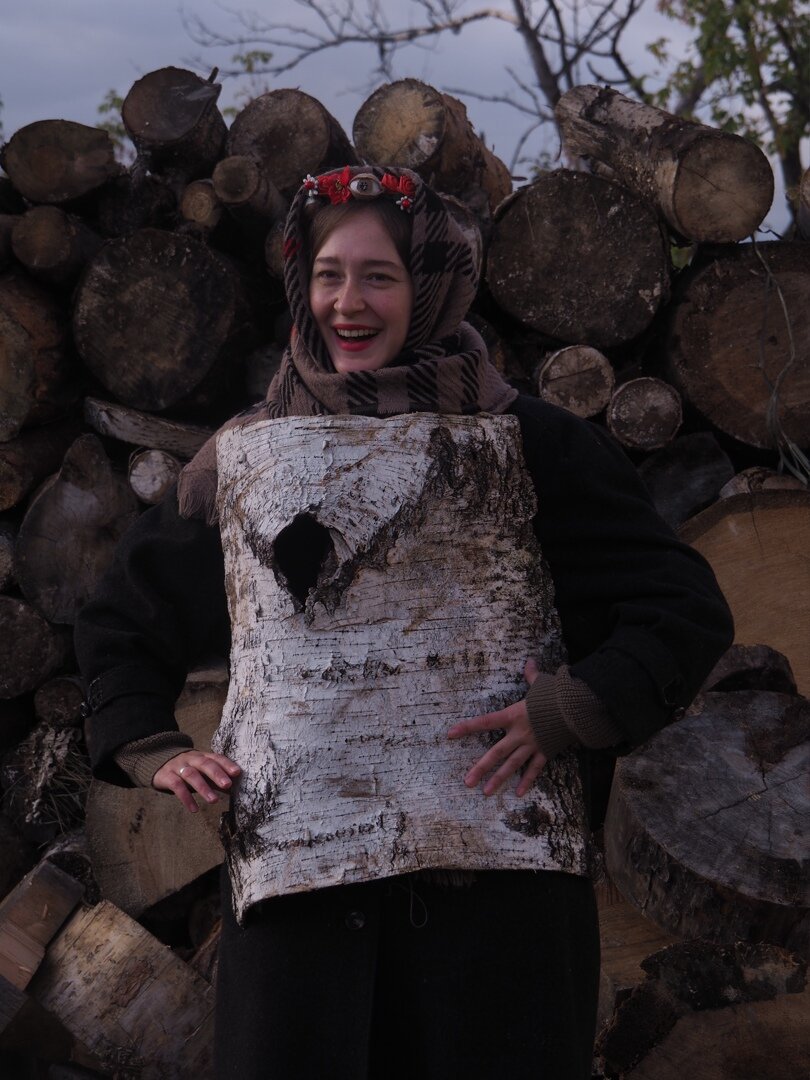
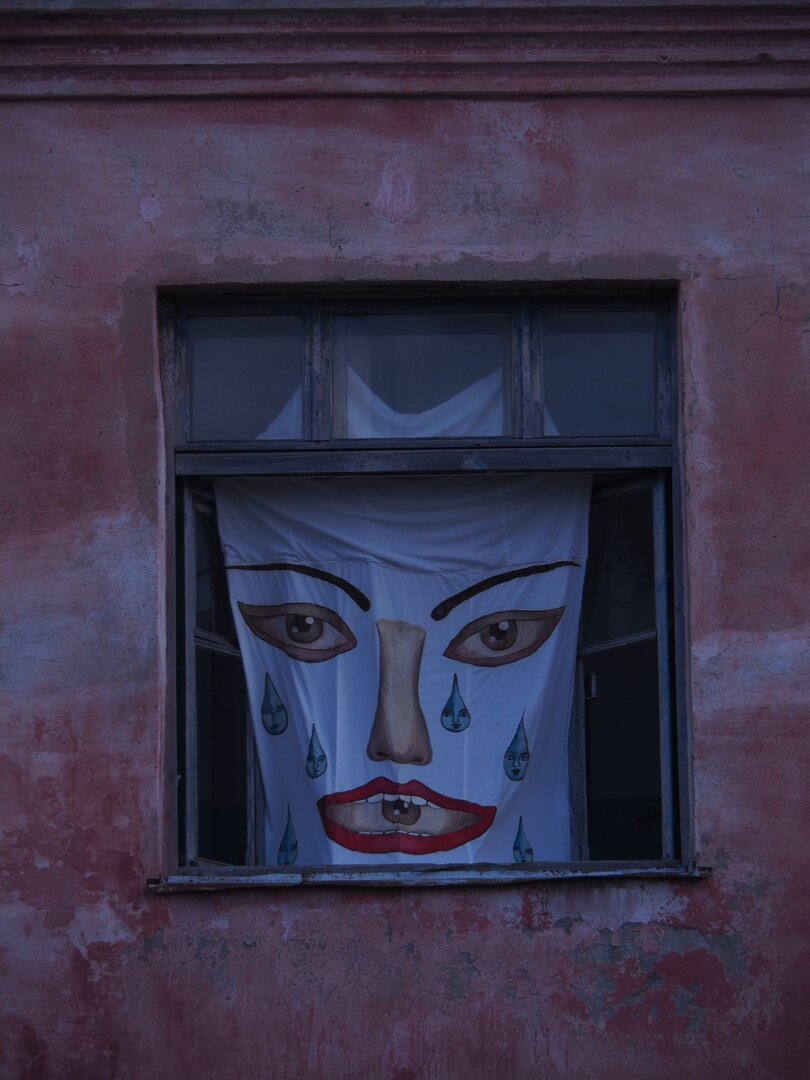
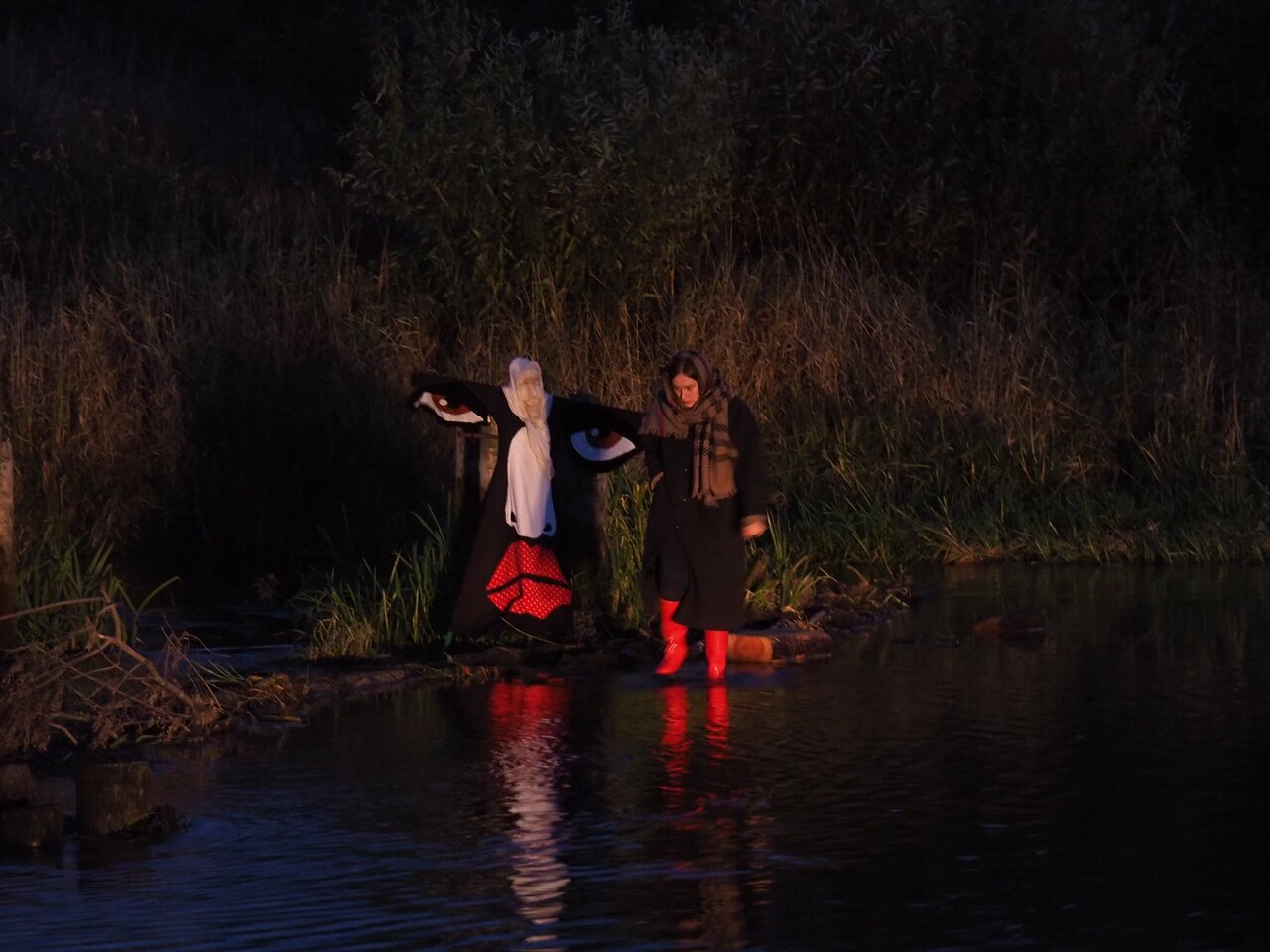

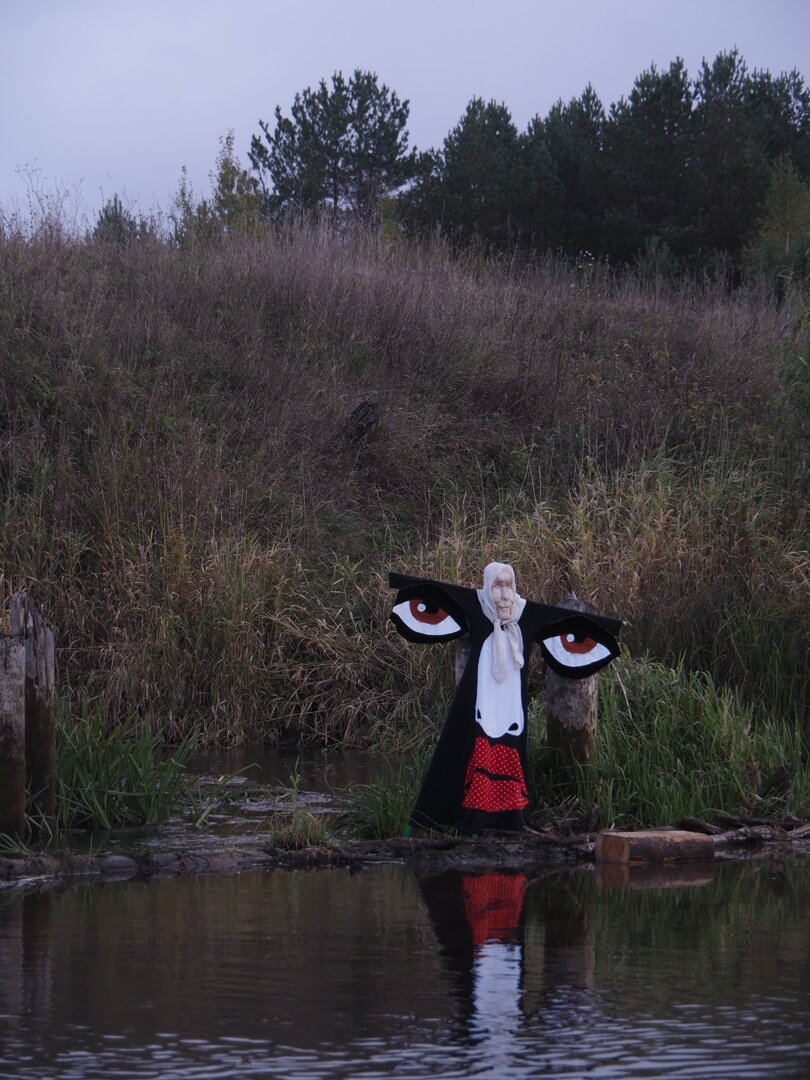
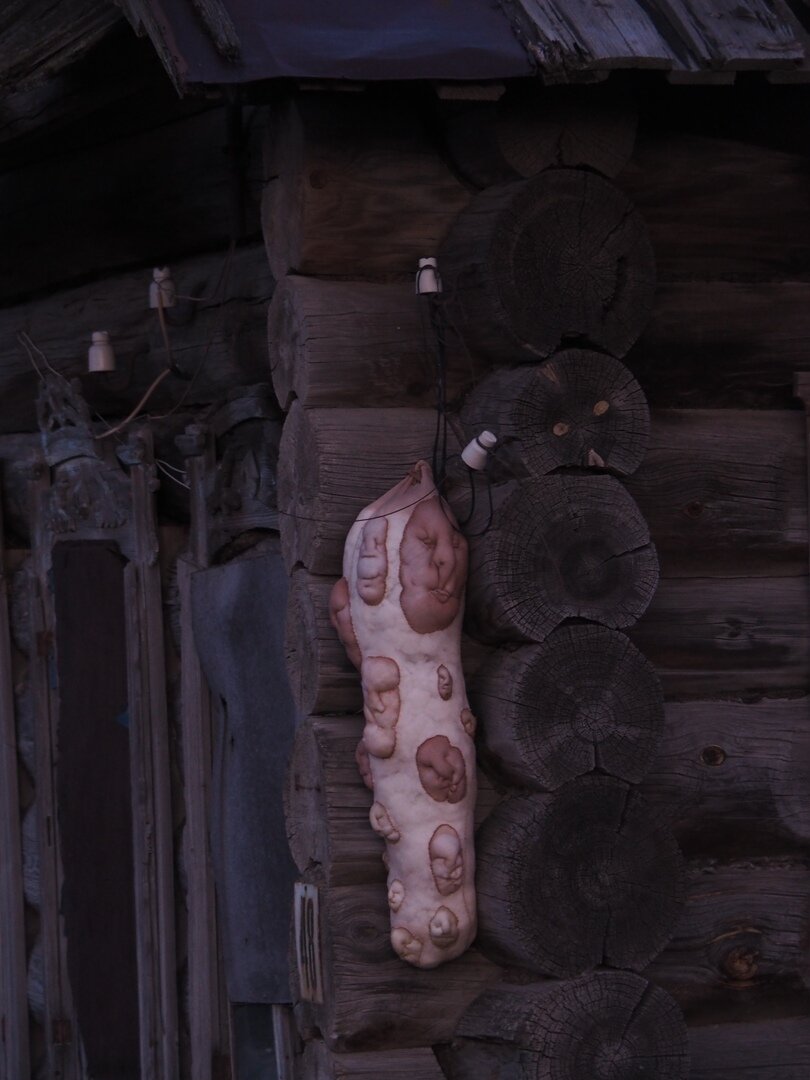
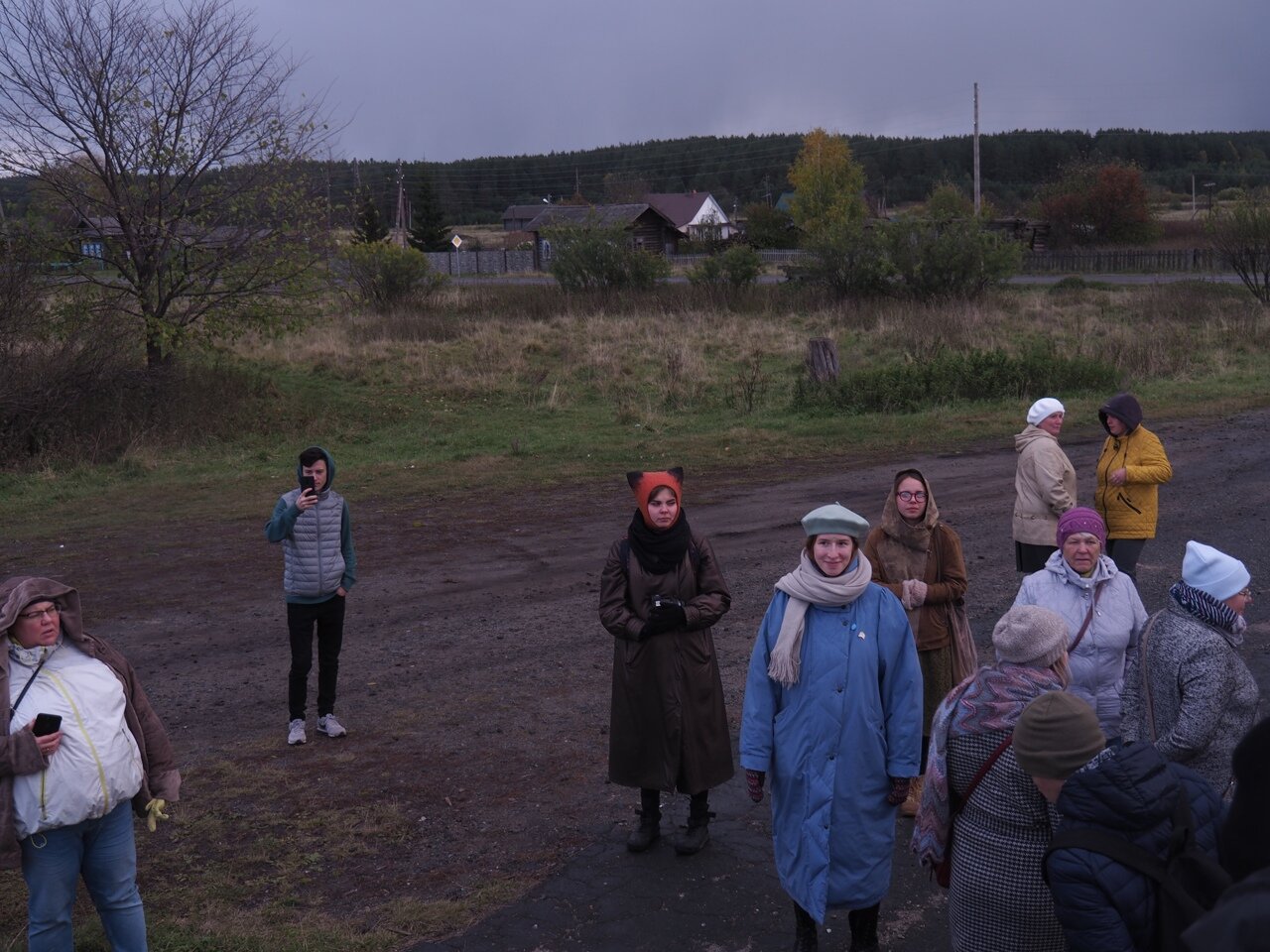

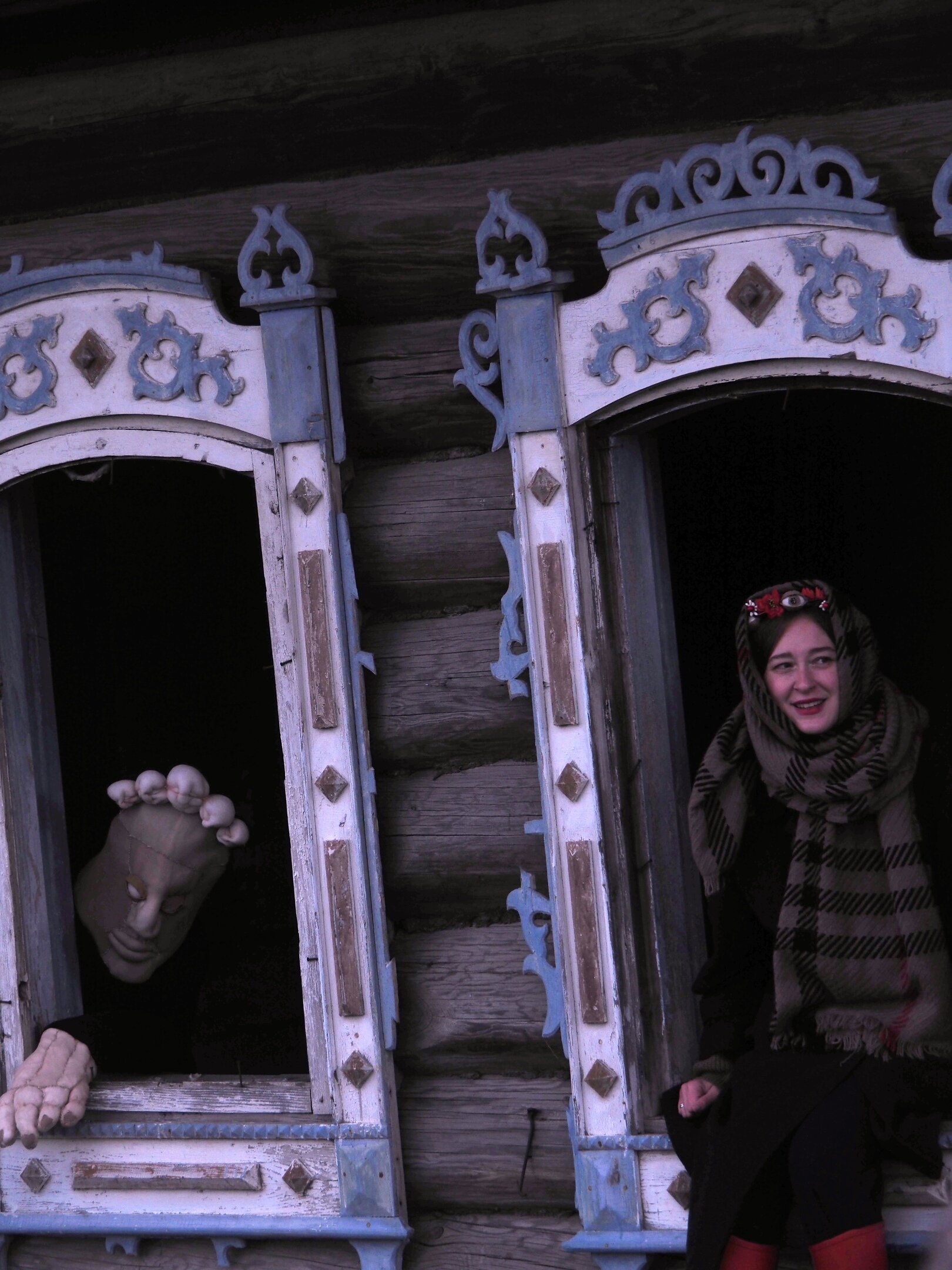
IG: @alicehualice







